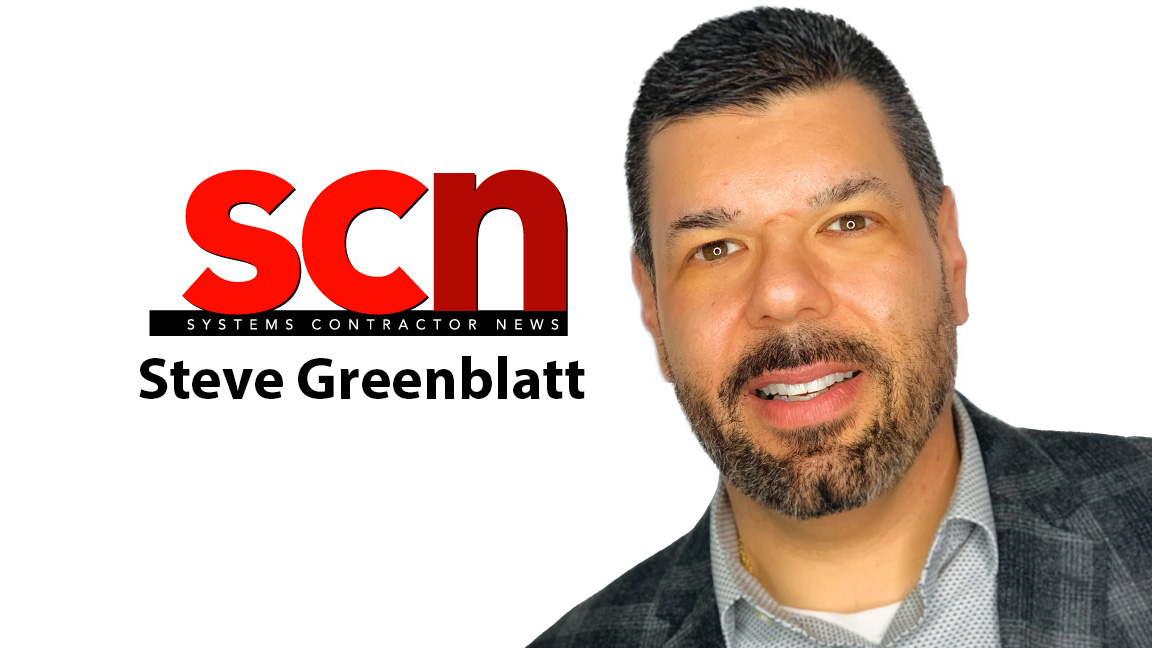Organizations have traditionally utilized performance reviews as a time when managers or supervisors meet with their direct reports to formally discuss their role and effectiveness while providing an evaluation of their contribution, conduct, and skills. In some cases, these engagements are prompted by an issue or need to address a deficiency. Most often, they mark a cyclical compensation assessment and an obligatory evaluation.
[Choosing Not to Work with a Client]
Classic performance reviews tend to be approached with a formal, regimented structure evoking feelings of anxiety and trepidation. While individuals often fret over the potential of having their destiny determined for the next year or more, managers and supervisors have the daunting task of evaluating their direct reports to determine how to rate and critique their performance and provide justification for a compensation adjustment within a predefined range.
For the onus that is put on annual performance reviews, the impact they provide does not correlate.
Many organizations that subscribe to employee performance reviews follow a specific review process based on a structured grading system. While this type of scorecard system can be reliable in providing a consistent, objective barometer, it can also overlook or discount the truly unique and valuable qualities that contribute to future standout performers.
When assessing a person on paper, their personality, unique strengths, special abilities, and valuable insight can be easily masked and result in shortsighted conclusions. A lack of attention to these blind spots can lead to resounding repercussions—including discounting the true value of the individual, limiting potential, losing quality talent that moves on, and unknowingly paralyzing the organization. Perhaps the most glaring deficiencies of the classic performance review system are the infrequency of engagement, absence of timely feedback, oversight of the importance of regular communication, and the structure and formality of the process.
A Different Take
A modern alternative to the classic performance review that is being quickly adopted in forward-thinking organizations is the concept of frequent one-on-one meetings between supervisors and their direct reports. When practiced regularly, one-on-one meetings can be as short as 10-15 minutes daily or weekly, or longer sessions of 30-60 minutes can be held monthly, quarterly, or semi-annually.
These valuable sessions provide an opportunity for open dialogue where team members are encouraged to share their thoughts allowing for concerns, obstacles, ideas, and feedback to be communicated in real time. Effective one-on-one meetings include a balance of two-way discussion and active listening by both team members and supervisors.
[Avoid Friction with Effective Management]
When reflecting on the value that one-on-one meetings can provide, it is important to consider how the younger generations of Millennials and Generation Z respond to management. Both generations want to have their voices heard, crave meaningful work, desire vision into a career path, and thrive on frequent feedback.
Among the value of moving from a system of formal performance reviews to frequent one-on-one meetings is relieving the pressures and stress of doing them. For the onus that is put on annual performance reviews, the impact they provide does not correlate.
Sharing feedback and providing direction on an infrequent basis is not an effective way of strengthening an individual or team. Plus, setting annual goals and measuring progress infrequently with long intervals between meetings is not the most effective way of achieving results. Perhaps one of the biggest ills of annual reviews is the tendency for attention to goals and improvement only during time periods surrounding a recent meeting and leading up to the next scheduled review, which could be a year or more later.
[Is Leadership Taught or Learned?]
Without making time to check in and listen regularly, it can be incredibly difficult to understand each person individually and manage them on a more customized basis. A culture of one-on-one meetings not only provides a more effective alternative to performance reviews, but also provides a valuable shift that organizations need to become more accommodating and attractive to the needs of their current and future team members.
The New Rules
Adopting one-on-one meetings can be a process, and those used to traditional performance reviews may need to be eased into this new approach. Here are some tips for getting started.
Commit to a regular meeting schedule. When both parties have a set time on their schedule, they will make it a priority. Meeting regularly provides opportunity to relieve pressure, minimize discomfort, and alleviate the potential of issues festering because they are not being addressed. Additionally, frequent dialogue not only allows for familiarity and timely interaction, but also leads to shorter meetings or discussions that produce more meaningful insight.
Have a consistent agenda and format. Like most meetings, successful and efficient one-on-ones stem from a predictable, goal-oriented approach that maintains focus. When participants are caught off guard, they become riddled with stress and anxiety, which results in interactions that are guarded and less effective. Knowing what to expect will ease tension and produce valuable conversation where both parties can walk away with a mutual understanding of takeaways.
Encourage ease of communication. Being available and offering opportunities to interact is critical for managers and supervisors to encourage dialogue. The more comfortable everyone feels, the more open and relaxed they will be to share and receive feedback that can be truly meaningful. Relationships are built and strengthened through familiarity. As supervisors and their team members have a better understanding of each other’s personalities, wants, and needs, they will establish a rapport that will make communication easier, tendencies more predictable, knowledge transfer more seamless, and results more achievable.
Share understanding of roles and responsibilities. The supervisor/team member relationship stems from a bigger organizational picture that is developed to create value, run effectively, and be profitable, which provides stability for everyone employed. It is crucial for all team members to understand the importance of their role, goals, and how to contribute to results. Frequent communication and one-on-one meetings allow for real-time status checks, course correction, prioritization, and the ability to overcome obstacles that can stand in the way of achievement. Additionally, if team members have a better understanding of what is expected of them, how to achieve it, and why it is important, it is more likely that they will be successful.

